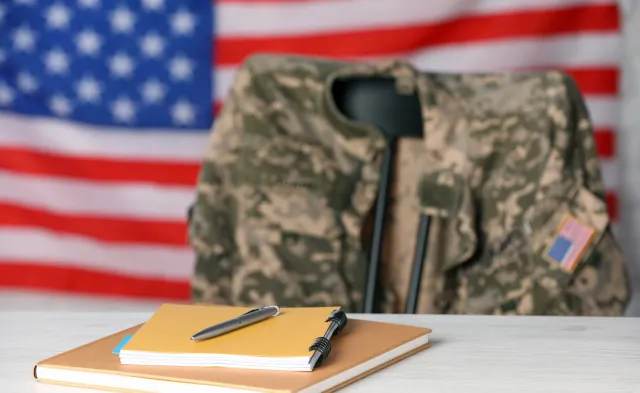Latest
5 Tips for Taking Notes by Hand
Jan 23, 2018

In today’s classrooms, you won’t see nearly as many students furiously scribbling in their notebooks as you would have a decade ago. Many students now prefer to take their notes electronically on a laptop or tablet. While typing up your notes in class is often quicker and more convenient, a study found that the old-school method of taking notes by hand might actually be more effective for learning.
Writing out your notes can seem like extra work, but with these five tips you can master this forgotten art … and possibly become a more successful note-taker than your tech-savvy peers.
Don’t write down everything
While it’s tempting to try to jot down everything your instructor says, it’s hard to keep up with the pace of the lecture when you’re writing by hand. You could fall behind or miss something important. Instead, focus on what your instructor is saying and try to summarize the main points in your notes. You can then supplement these ideas with one or two specific examples from class.
If your instructor regularly uses a PowerPoint during lecture, ask if you can have a copy of the slides beforehand. Then, during class, take notes on what is not written on the slides. You can always go back and review the information in the PowerPoint later, but your professor’s insight may prove to be incredibly valuable in understanding key concepts.
Create your own shorthand
It’s easy to take elaborate, detailed notes on your computer or tablet. Writing in complete sentences is far more difficult, however, when you’re taking notes by hand. Many students resort to using a shorthand method or abbreviating certain words or concepts so that they’re not spending all their time in class writing.
At the same time, you don’t want your notes to be so sparse and vague that you can’t remember or understand anything you’ve written. It’s important to find a method that’s easy to keep up with in class and makes sense to you afterward. For example, many students use bulleted lists to identify main ideas and offset supporting points.
Include the date
Though this may be the easiest step in note taking, many students forget to do it. Dating your notes allows you to quickly reference information from a particular class period or chapter, so you can avoid focusing on past or future material when it comes time to study.
Review your notes right away
You put in the work during class to write down the material. Now, you need to organize and review your notes quickly to ensure the material stays fresh and relevant in your mind. Some students may go back and highlight the most important information in their notes. Others may choose to rewrite their notes completely and elaborate on details they didn’t have a chance to expand on in class.
Keep your notes in one place
Finally, it is important to stay organized and keep all of your notes and materials in one place, whether it’s in a notebook, folder, or a binder. This way, you know where to find everything you need when you go to study.
Bureau of Labor Statistics (BLS), U.S. Department of Labor, Occupational Employment and Wage Statistics 2023 / Occupational Outlook Handbook 2022. BLS estimates do not represent entry-level wages and/or salaries. Multiple factors, including prior experience, age, geography market in which you want to work and degree field, will affect career outcomes and earnings. Herzing neither represents that its graduates will earn the average salaries calculated by BLS for a particular job nor guarantees that graduation from its program will result in a job, promotion, salary increase or other career growth.
Latest
Recent Blog Posts
Subscribe to our Newsletter
Get the latest news you need to know, from study hacks to interview tips to career advancement. Have it delivered right to your inbox biweekly.








